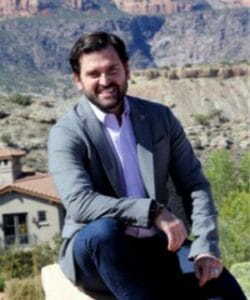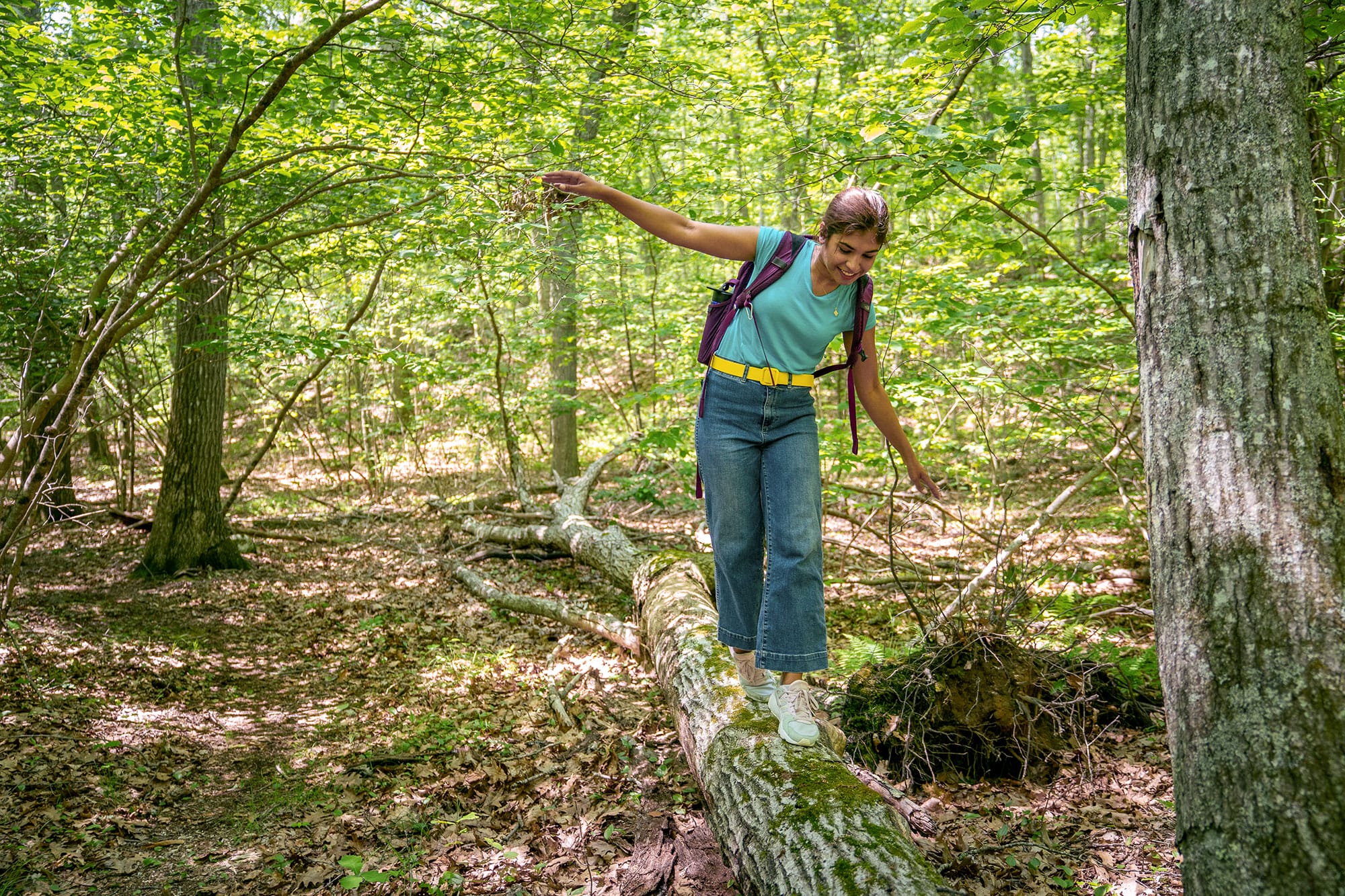
In November, I had the honor and privilege of testifying to the House Natural Resources Federal Lands Subcommittee. I expressed Trust for Public Land’s support for the EXPLORE Act—specifically the bipartisan Outdoors for All provision that would codify and enhance the Outdoor Recreation Legacy Partnership (ORLP) grant program.
If passed, this legislation will help more people benefit from the nation’s impressive $1 trillion outdoor recreation economy, which is, by the way, supported by a lot more than the sale of puffy jackets and hiking boots. It’s built upon the backbone of our local parks, where Americans can exercise, disconnect from screens and connect with their neighbors, enjoy fresh air and sunshine—or shade, depending on the weather.
Parks provide that vital connection to nature that is part of our American birthright. They stimulate local economic activity and support more than a million good-paying, sustainable jobs.
But just because the industry is growing rapidly right now doesn’t mean it’s a given going forward. What’s more, we know that access to the outdoors isn’t equal; many communities lack high-quality parks. If we’re to sustain an upward trajectory and ensure the benefits of this growing economy extend to everyone, we must level the playing field.
Outdoors for All does that by expanding ORLP’s reach to people and communities who stand to benefit the most.
Among them: 28 million American kids who don’t have a park within 10 minutes of their home. According to a Pew Research survey, parents in the U.S. today cite childhood anxiety and depression among their biggest concerns, and many correlate the rising occurrence of those problems to increased screen time. Meanwhile, older Americans are experiencing what the U.S. Surgeon General labeled an epidemic of loneliness, isolation, and lack of connection.
Making sure that everyone in this country—no matter their age, geography, or ability— can get off their devices and outside with their neighbors is an obvious and cost-effective solution to a critical mental health crisis.
But it’s more than that.
High-quality, close-to-home parks like those funded through Outdoors for All provide communities—especially those that have been disadvantaged and underserved—with economic opportunities.
In dense cities, access to green space often differs across racial and socioeconomic lines. Decades of policy decisions have concentrated stagnation, disinvestment, and poverty into pockets—the proverbial “other side of the tracks.” We know that zip codes are a better indicator of public health than genetic codes and that zip codes with fewer or lower-quality parks have poorer health outcomes. They also tend to lack community cohesion and experience more-frequent flooding, noise, and air pollution. Outdoors for All can help reverse those trends by creating new parks, outdoor recreation, and the outdoor recreation economy where they previously didn’t exist.
Under previous rules, ORLP funds were unavailable to small communities, but Outdoors for All lowers the population threshold, so hundreds of smaller towns and communities will be able to apply for these critical grants. And for the first time, tribal communities are eligible for ORLP grants, opening funding access to people and places long left out of this process.
The Senate has already incorporated Outdoors for All into its bipartisan American Outdoor Recreation Act. Now the House has an opportunity to include its myriad benefits in the companion EXPLORE Act.
Without the kind of comprehensive attention to outdoor recreation this bill represents, I fear the momentum of our recreation economy will begin to falter, and our outdoor recreation obligations to American communities will fall woefully short.
Passing EXPLORE will mean more kids can step away from their screens, out their front doors, and into nature. It means more Americans can connect in shared public spaces to exercise or socialize. And it means cities and rural communities can tap into the local, homegrown parks that are the backbone of America’s growing and sustainable outdoor recreation economy.
Before he became Chief Impact Officer at Trust for Public Land, before he summited Mt. Everest six times, before he ran the Colorado Outdoor Recreation Industry Office, Luis Benitez spent his afterschool hours and weekends playing in St. Louis’ Stacy park, 10 minutes from his childhood home. It’s where he got his first taste of the outdoors and where his life of exploration began. A version of this op-ed was previously published in The Well News.
Rising temperatures, bigger storms, and asphalt schoolyards pose significant risks during recess. Urge Congress to prioritize schoolyards that cool neighborhoods, manage stormwater, and provide opportunities for kids to connect with nature today!

Donate to become a member, and you’ll receive a subscription to Land&People magazine, our biannual publication featuring exclusive, inspiring stories about our work connecting everyone to the outdoors.

